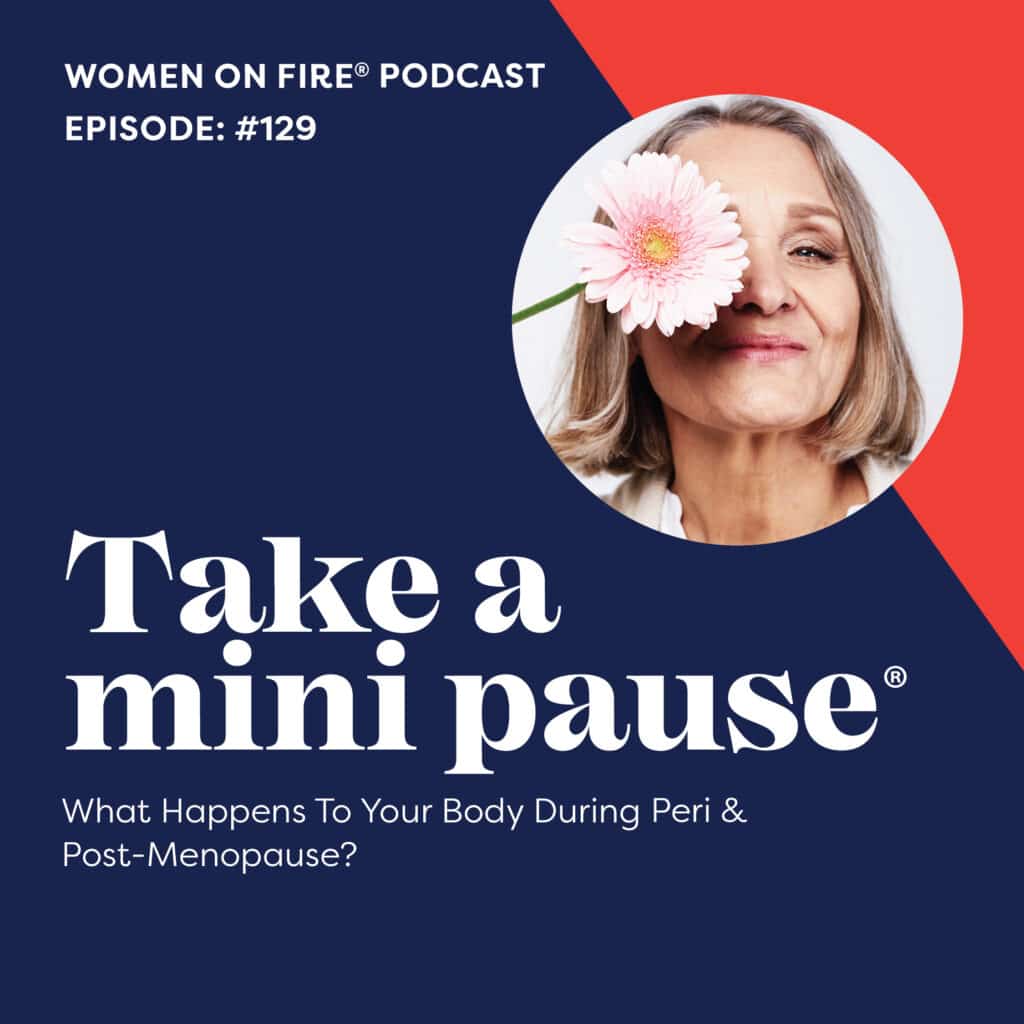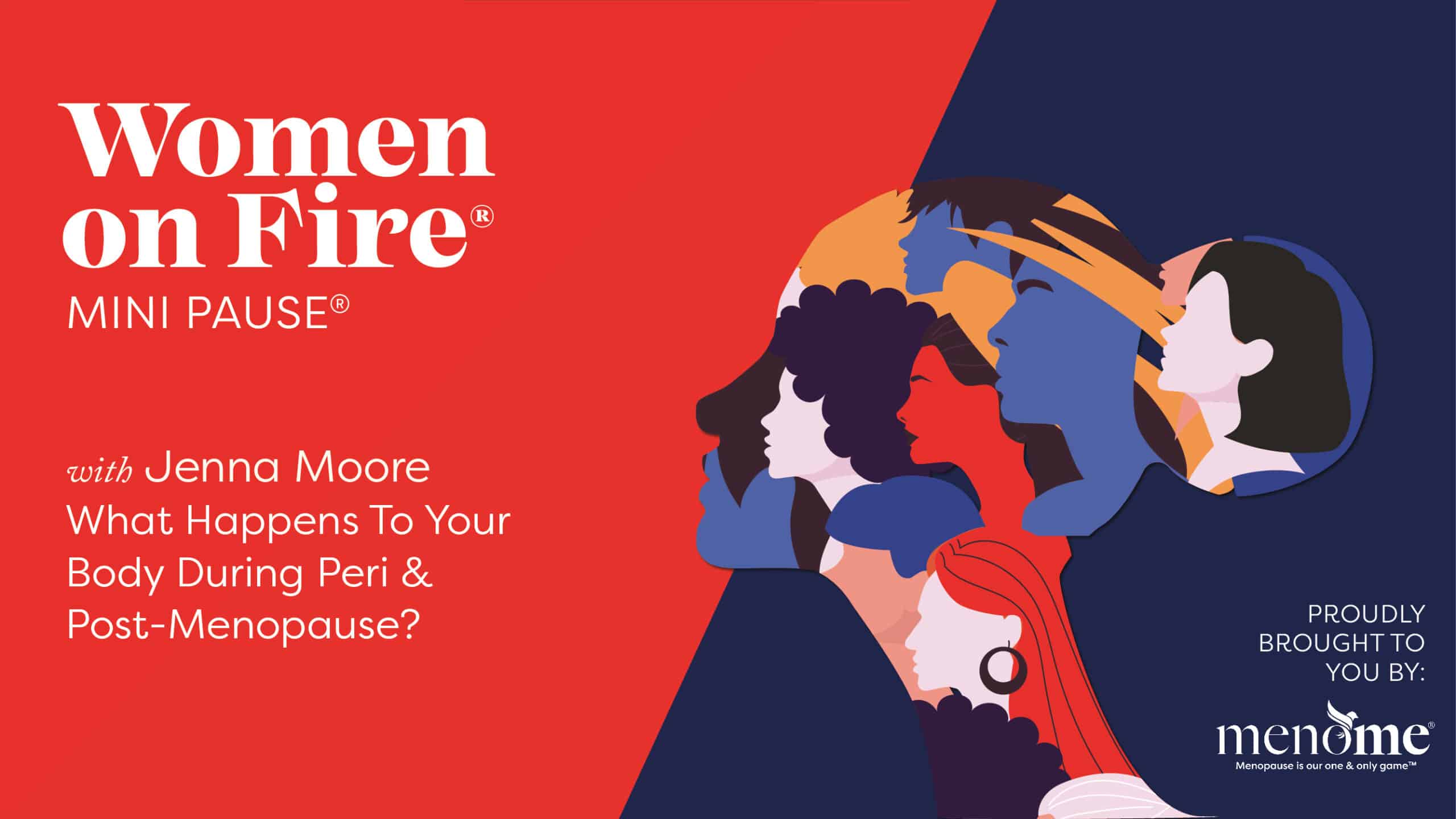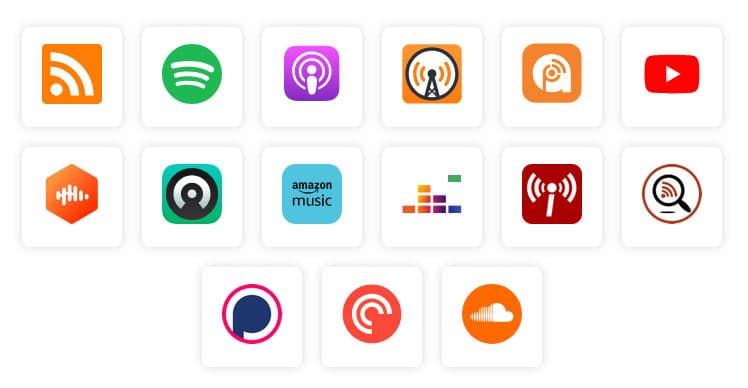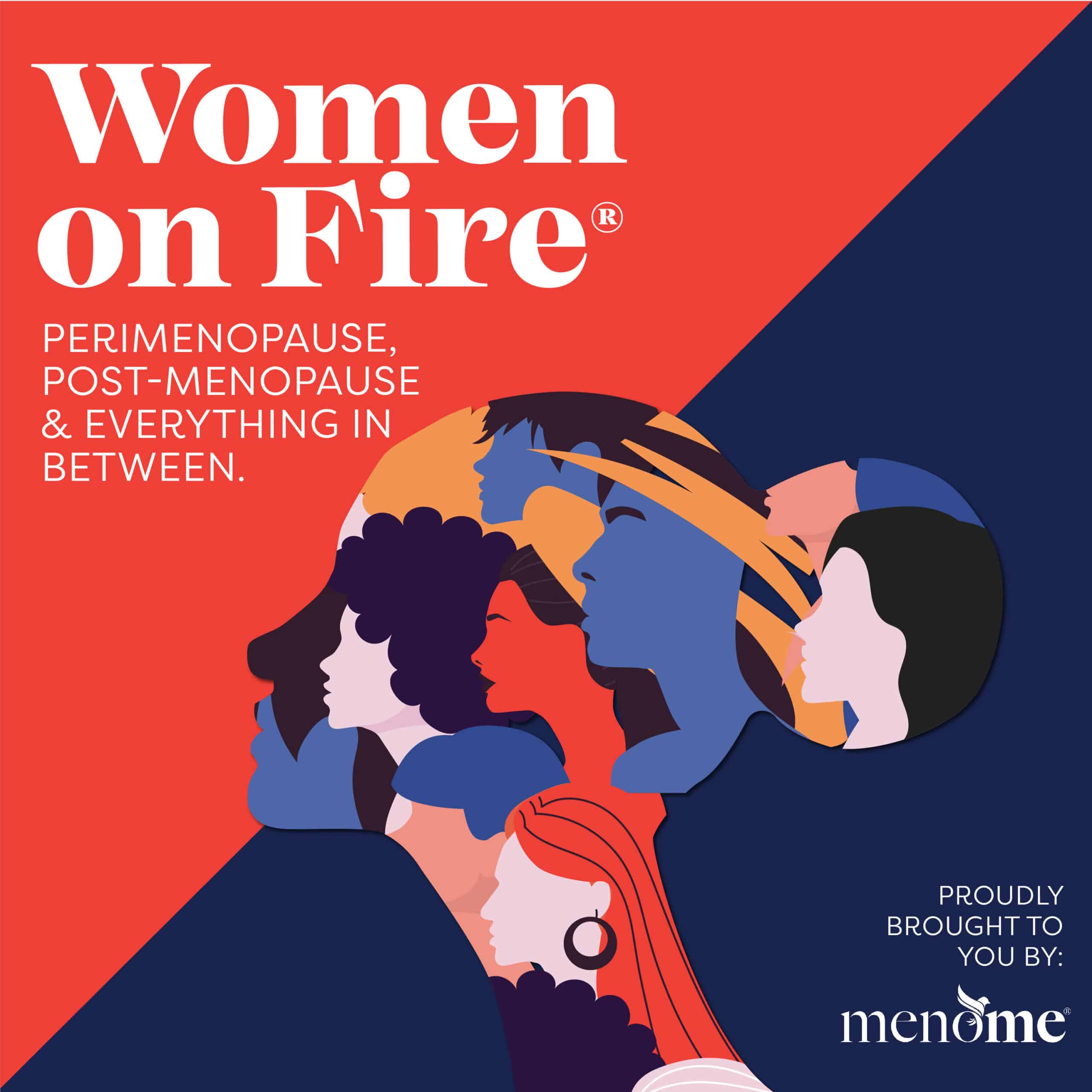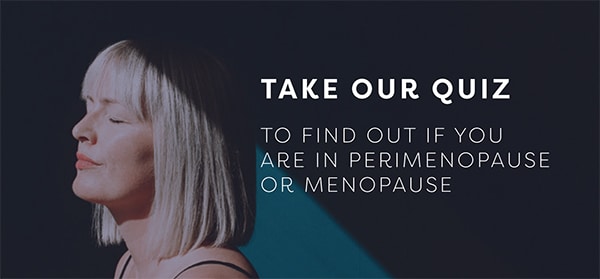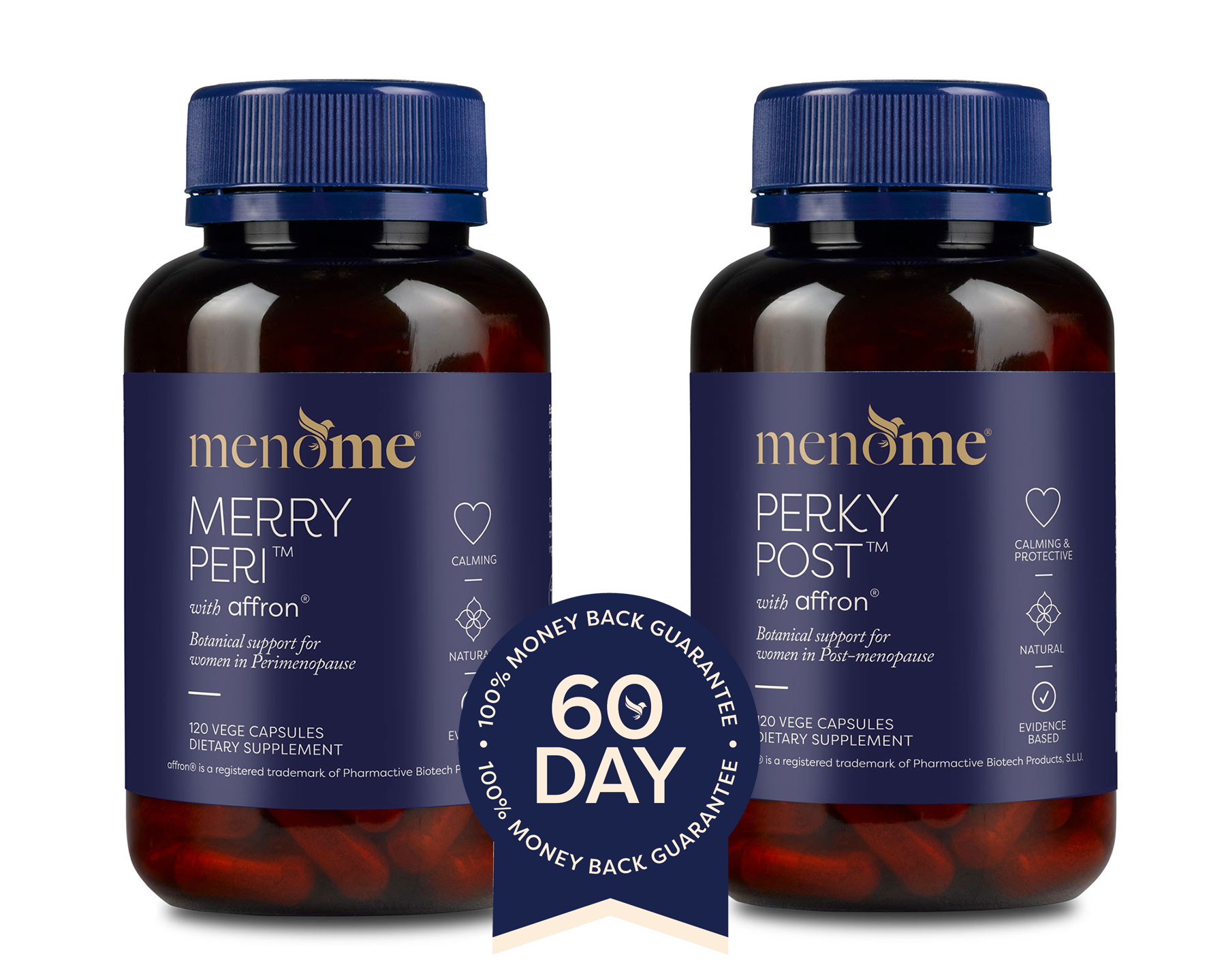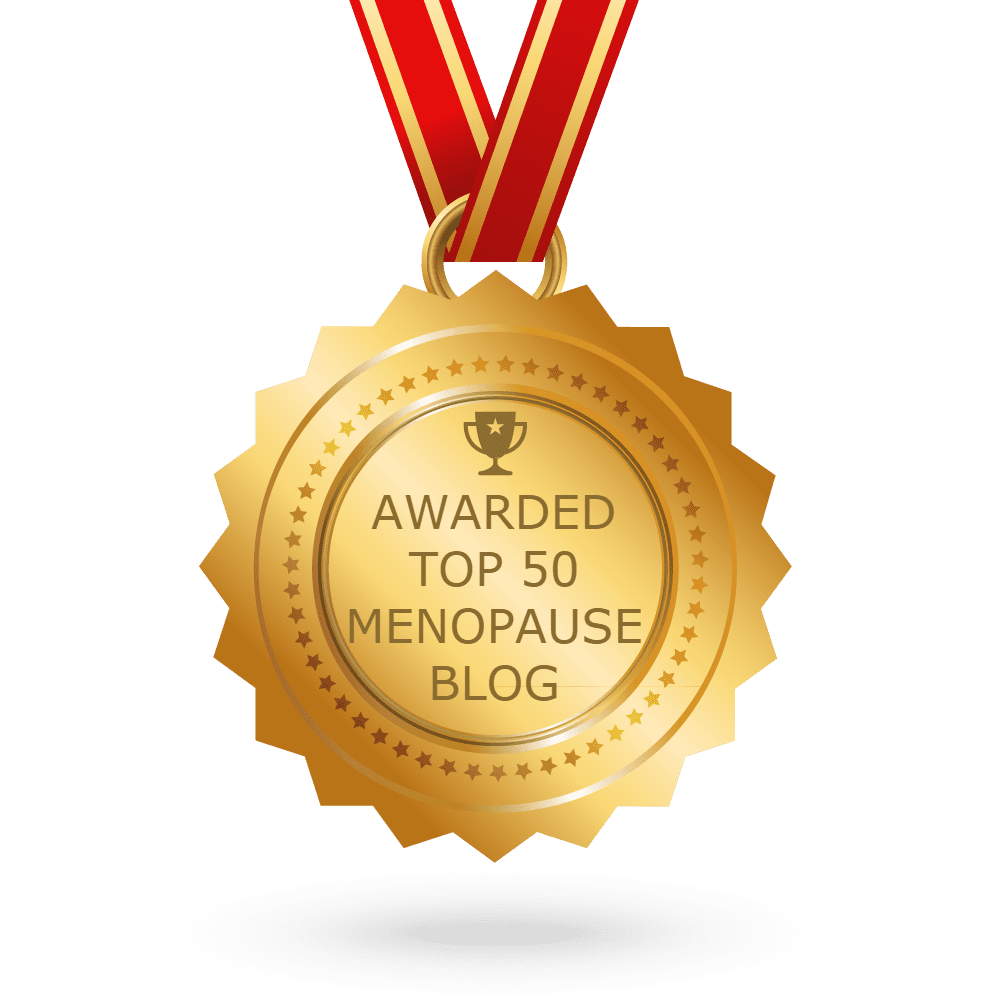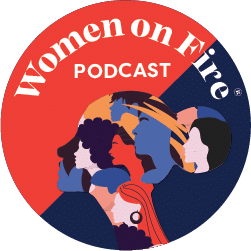Podcast Episode
In this episode, we talk about
- 00:00 Introduction
- 01:09 What’s happening to your body?
- 01:29 An overview of menopause
- 05:38 It can be a confusing time!
- 09:03 Exciting new research about the brain
- 10:08 How long does this life stage take?
- 10:38 Types of estrogen
- 10:58 Perimenopause, menopause & post-menopause
Episode Resources:
- Listen or watch: How Will I Know If I’m In Perimenopause? here
- Listen or watch: What Is Menopause? here
- Listen or watch: How Will Your Life Change In Post-Menopause here
- Read: The 34 Most Common Symptoms Of Perimenopause (& Counting!) here
- Read: Dr Lisa Mosconi’s research in Nature Journal here
- Botanical support: Merry Peri® for peri & Perky Post® for post-menopause here
Video Version
Transcript
Hello and welcome to Women on Fire. Thanks so much for joining me today. We’re going to be talking about what happens to your body during perimenopause, menopause and post-menopause. I get asked this question a lot and there are actually some episodes on the specific stages on Women on Fire. So I’ll link to those in the show notes for you. But let’s take a look at their overall picture of what’s going on.
Second puberty
By definition, menopause is the end of fertility and it’s often called second puberty, which actually makes sense because if you remember going into our fertile years or puberty it was quite a gradual process up to that lead up to that first period, and so is menopause. So it’s kind of like this curve, our sex hormones start going up as we go into our first period and then they’re quite high as we track along that fertility time and then they decline in menopause.
Pre, peri & HPA Axis
We go into pre-menopause first and this is usually in our 30s which is incredibly subtle so we probably won’t notice. Then perimenopause is a time of most symptoms then menopause and post menopause, which we’ll go into a little bit in a couple of minutes. We have eggs, we have periods, we have sex hormones, and we have menopause. That’s part of the female life cycle, or certainly our reproductive cycle. And as you may know, women are born with a finite number of eggs, which are technically known as oocytes in our ovaries. And apparently, they begin to die off before we’re even born. I didn’t know that, I only learned that the other day. The ovaries produce the hormones estrogen, progesterone, and testosterone. So do some other parts of the bodies, but it’s the ovarian hormones and also their interaction with the brain that are the drivers behind our periods of elation, fertility, and the stages of menopause. So our ovaries are a big deal. In fact, something called the HPAG axis comes into play here and that stands for hypothalamus and pituitary which are in the brain, the adrenal glands and the gonads. So that covers both ovaries and testes. Not a very nice word.
First period
Most of us experience our first period between about 10 and 15 years of age and then we’ve entered the fertile years. And that’s a whole new time of learning – that’s what menopause is too, at the opposite end of the scale it’s also a big time of learning. And the more we know the better off we are and the earlier we start preparing the better off we are as well.
After we get our first period and go into fertility, for those of us who want and are able to become parents may come the ups and downs of the fertility journey. It’s really only then that most of us learn about ovulation cycles and peak fertility times, unless we have an unplanned pregnancy.
Fertility & menopause
And if we do fall pregnant, along with the excitement of success or the surprise, if it is a surprise, can come the roller coaster hormonal shifts of pregnancy. And that’s just for some of us, like not all of us get PMS during menstruation, not all of us will get every symptom during pregnancy. But things like crying at the drop of a hat, tender breasts, morning sickness, nausea, and like I say not all of us will experience those but some of us certainly do. Then along comes the next phase, the lead up to menopause, known as pre-menopause, followed by perimenopause, menopause itself, and post-menopause.
Confused?
And some of this can be downright confusing because most of us have not had education on what to expect with the menopausal side of things. Although the beautiful thing about that is it’s changing and a lot of us are talking and doing things like this. So hopefully the next generation will be more informed.
Pre & peri
Premenopause is the time from that first period until our ovarian hormones begin to change, which usually begins with progesterone dropping around the mid-30s. And that, as I say, those changes can be subtle, but I’ll put a link to perimenopause in the show notes for you. And estrogen may begin to fletch away as we go into perimenopause around give or take late 30s to mid-40s. Everyone’s so different, so that’s just a ballpark figure. And just as with our periods and menstruation, as we enter perimenopause, the mood swings of PMS, if we’ve experienced it, may still happen. And there can be other similarities like breast tenderness, fatigue, and depression.
But these may also be joined by other signs that you may not have experienced before, like a thicker waist, brain fog, hot flushes, thinner hair, itchy skin, headaches, sleeplessness, and there are more. And I’ll put a link to the most common symptoms in the show notes for you. They’re also in the perimenopause episode. Many women don’t realise these changes can begin as early as our late 30s. It’s more likely early to mid-40s. But with the crossover of the signs and symptoms, how exactly do we know where we’re at?
No reliable test
At the time of recording, and it’s July 2024, there is no reliable test for peri… there’s certainly no big announcement from Mother Nature, so we must go by our own body knowledge. Knowledge very much is power in this case. Our doctor can’t definitively tell us either. Although blood tests can measure some hormone levels, and they certainly are helpful for ruling out other conditions, they’re pretty much considered unreliable measures of perimenopause. So the only way to know menopause has occurred is one year after our last period, and this we only know in hindsight. So it’s not surprising it can be confusing because there’s even more.
Those signs and symptoms of peri can also cross over with symptoms of hypoactive thyroid, which is very common in perimenopause and midlife, gut issues and some autoimmune conditions.
The latest research
But exciting research just came out, it only came out a couple of weeks ago in June 2024 from the incredible neuroscientist Dr Lisa Mascone that showed that not only can a lot of symptoms be attributed to the brain, but testing there could 100 % determine menopausal status. So there’s a lot more to that research than just that and it’s early days, but it is set to change the entire face of how we experience menopausal and that is absolutely great news for the next generation.
Can I just take a moment to clarify that I am referring to natural menopause here or spontaneous as Dr. Mosconi calls it, not chemically induced or premature menopause. They’re a different story and we will definitely cover them in a different episode for you.
The estrogen family
So basically menopause occurs when that finite number of eggs or oocytes run out and our ovaries cease to produce estrogen. But it’s a gradual process that can take years, from four to 15 actually. You’ll hear lots of different figures, but that’s quite a good guide. And just to note on estrogen, we have estriol, that’s the estrogen most dominant during pregnancy. Estradiol, which is most dominant during our fertile years and then estrone which comes into play during post-menopause. So it’s the estradiol that’s declining during perimenopause and menopause.
Perimenopause as I’ve already said, can be a time of great confusion because so many signs of normal menstruation and perimenopause and also pregnancy can be the same. We know menopause is coming, but most of us feel too young for it to arrive, so we don’t notice it creeping up. And I heard someone say the other day that one of the symptoms should be denial. And I tend to agree with that because I certainly fell into that camp. So perimenopause, it’s a slow process, but this is the time when our ovaries begin producing less estrogen or specifically estradiol and the few eggs we might have left are considered senior citizens. If you’ve ever been pregnant in your mid to late 30s, you will have heard that termed a geriatric pregnancy and that’s why. So our estrogen, progesterone and androgens can go up and down like a roller coaster for a few years during this period perimenopausal time.
Testosterone
And for the record, actually, testosterone, which is usually thought of as the male hormone, is very important to women as well. And before perimenopause, we actually can have more testosterone than we have estrogen. So that’s important too, because testosterone tends to lower later than both progesterone and estrogen in the menopausal process.
Menopause
So, menopause. The word menopause comes from the Greek language and one interpretation of ‘meno’ is the moon and ‘pause’ means end. This probably stems from the fact that before the age of electricity, women’s cycles tended to go in sync with lunar cycles and many women undertake that practice and follow that practice today as well.
Menopause usually occurs around 51, 52 on average in Western countries. Dr. Felice Gersh, who’s an amazing menopause doctor in the US, points out that menopause is a process of ovarian aging, which is known as senescence. That’s a nicer term than menopause, I think it’s more feminine, don’t you think?
The definition of menopause is one year after your last period and it’s a completely normal process. As I say, on average this happens in Western countries about the age of 51, 52, and it’s not an illness and if you’re a woman and you live long enough you will go through it. It’s not negotiable, it’s just part of that feminine life cycle that we talked about earlier.
Post-menopause
Post-menopause doesn’t mean it’s all over rover because it refers to the years when the sirens begin to subside and the major hormonal players find some stability again. Estradiol has moved from being the dominant estrogen to estrone, which is a weaker form.
And because estradiol is protective and it plays a big role in the body regulating and supporting things like the brain, the skin and our digestive and musculoskeletal symptoms. Post-menopause is a time when we can become more vulnerable to certain conditions. So that decrease of estradiol can lead to a lot of things like that, and this can include osteoporosis, which is a weakening of the bones, heart disease, a very common, biggest killer of women, bladder control issues, reduced skin elasticity, loss of muscle tone, rheumatoid arthritis, type 2 diabetes, vaginal dryness, blood pressure changes, decreased immunity and gut issues. And I know that doesn’t sound like much fun, but let’s look at it as the nudge.
Self-care
We need our wellness, warrant of fitness and to indulge in self-care. It’s time for me-time now more than ever because you can take steps to help to mitigate and even conquer these things. And the good news is that a lot of women in menopause report feeling a greater sense of freedom and happiness. So that’s something to look forward to, isn’t it? So I think that’s amazing.
It is a big, big time in our feminine life cycle, and we do need education and knowledge as power.
I hope this has been helpful for you. And if there are any other subjects you’d specifically like covered, please don’t hesitate to let us know.

